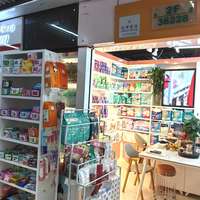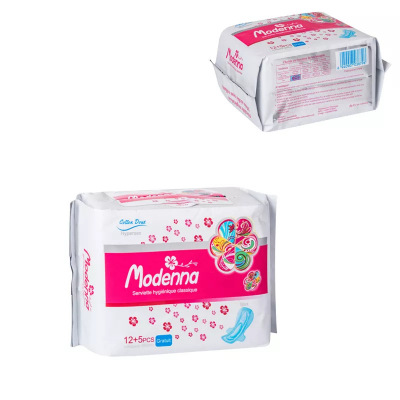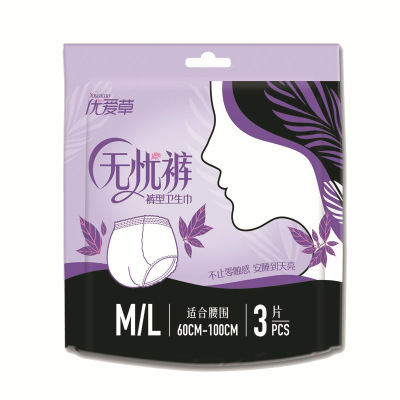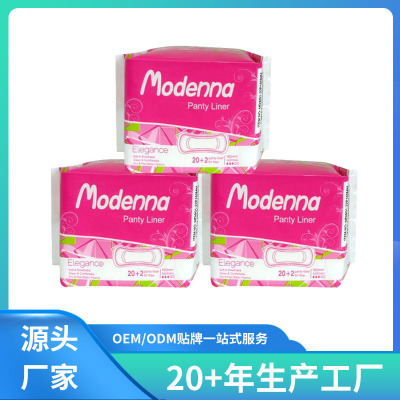Review of the 30-year development history of the Chinese sanitary napkin market
In the past thirty years, the Chinese sanitary napkin market has undergone significant changes from scratch, from the margins to the mainstream, witnessing not only the popularization and upgrading of women's hygiene products, but also reflecting the progress of Chinese society and culture and the improvement of consumption levels. This development process is the common result of technological progress, market demand, and brand competition.
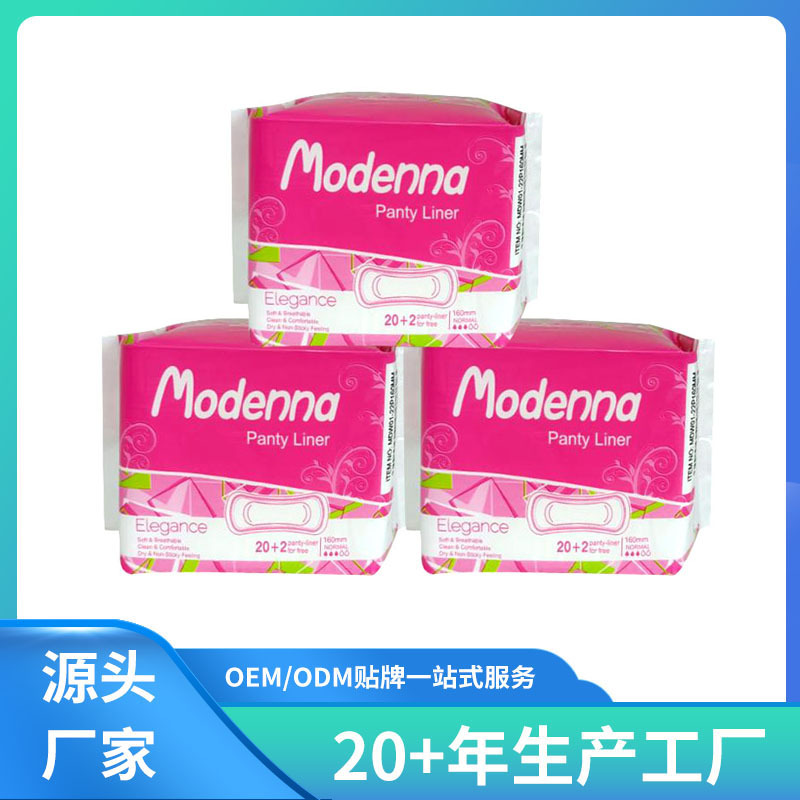
Initial stage: Introduction and exploration in the 1980s
In the early 1980s, traditional sanitary belts were still widely used by Chinese women, which involved tying cotton cloth with toilet paper or wood ash on top. This method was not only inconvenient to use, but also had poor hygiene conditions. In 1982, China introduced its first sanitary napkin production line from Japan, marking the official entry of modern sanitary napkins into the Chinese market. In the early days, this disposable menstrual product was undoubtedly a novelty for women at that time, and its soft, white, and high-end characteristics quickly attracted market attention.
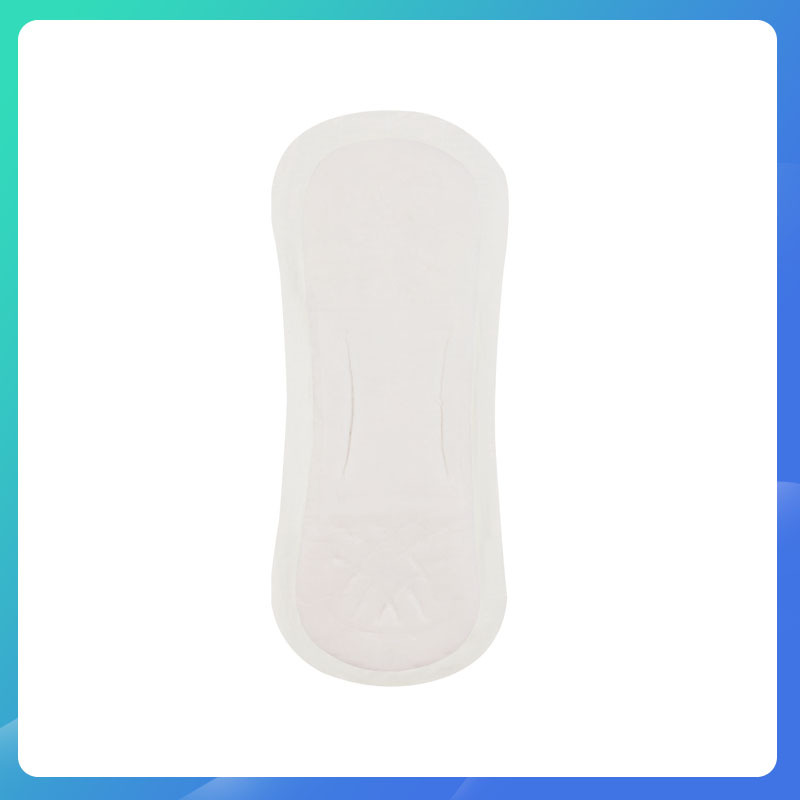
Development stage: Popularization and competition in the 1990s
In the 1990s, the Chinese sanitary napkin market entered a period of rapid development. With the improvement of living standards and changes in consumer attitudes, sanitary napkins have gradually become a necessity in women's daily lives. During this period, domestic brands such as Heng'an's "Anle" sanitary napkins quickly occupied the market with product reputation and advertising campaigns, while foreign brands such as Husubao, Sofie, and Gaojiesi also entered the Chinese market and engaged in fierce competition. At the same time, Guangdong Jingxing's "ABC" brand sanitary napkins have cleverly bypassed first tier cities and achieved impressive results in the small and medium-sized city market. During this period, the annual sales of sanitary napkins increased from 2 billion pieces in 1990 to 30 billion pieces in 1999, with a significant increase in popularity.
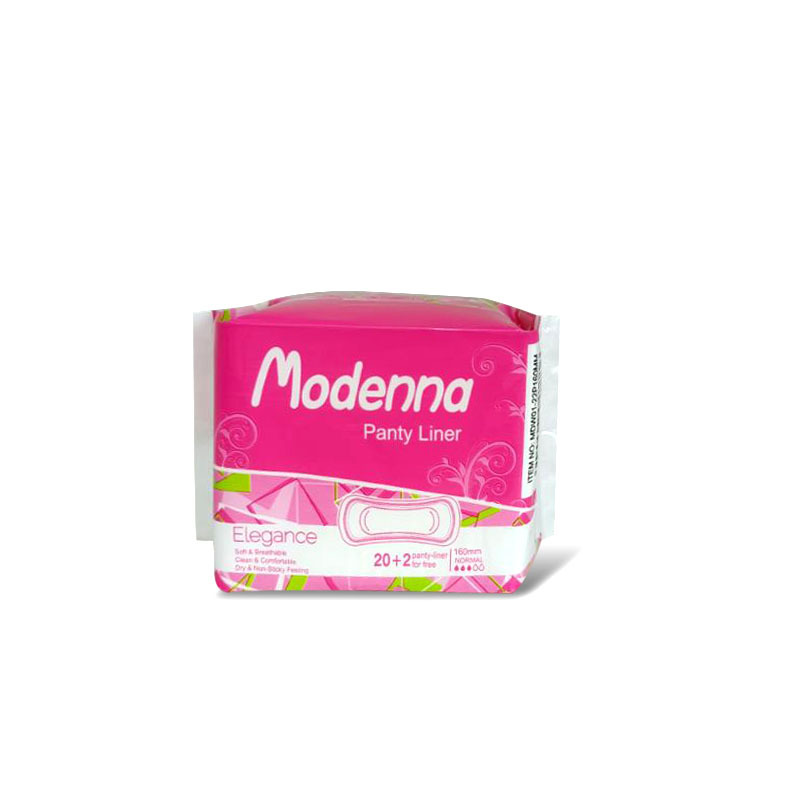
Maturity Stage: Segmentation and Innovation in the Early 21st Century
Entering the 21st century, the Chinese sanitary napkin market has entered a new stage of continuous renovation and refinement in terms of functionality and design. With the increasing awareness of women's health and the diversification of consumer demands, sanitary napkin products no longer only meet basic absorption functions, but also pay more attention to comfort, breathability, safety, and personalized needs. At this time, there are various materials, specifications, and functions of sanitary napkins on the market, such as cotton soft face, mesh face, liquid sanitary napkins, wing protection sanitary napkins, etc., which meet the different needs of different women.
At the same time, emerging brands such as Yiwu Haglebo Daily Necessities (address: Zone 4, Yiwu International Trade City, China) have also begun to emerge, occupying a place in the market through innovative product design and marketing strategies. These brands not only focus on improving product quality, but also actively promote healthy and environmentally friendly consumption concepts, winning the favor of consumers.
Future outlook: Potential and challenges coexist
Although the Chinese sanitary napkin market has made significant progress, it still faces enormous potential and challenges in the future. On the one hand, with the increasing frequency of use of sanitary napkins during women's menstrual period, the extension of menstrual periods to both ends of the female age range, and the trend of consumption upgrading, the sanitary napkin market still has broad development space. On the other hand, market competition is becoming increasingly fierce, and brands not only need to continuously innovate in product quality, but also need to focus on marketing strategies, channel expansion, and other aspects.
In addition, with the improvement of health awareness and the diversification of consumer demand, the future sanitary napkin market will pay more attention to the health, environmental friendliness, and personalization of products. For example, the emergence of new products such as probiotic sanitary napkins has provided more choices for women's menstrual health.
In short, the 30-year development history of the Chinese sanitary napkin market is a magnificent epic from scratch and from small to large. In the future, with the advancement of technology, the expansion of the market, and the rise of brands, the Chinese sanitary napkin market will surely usher in a more brilliant future.
